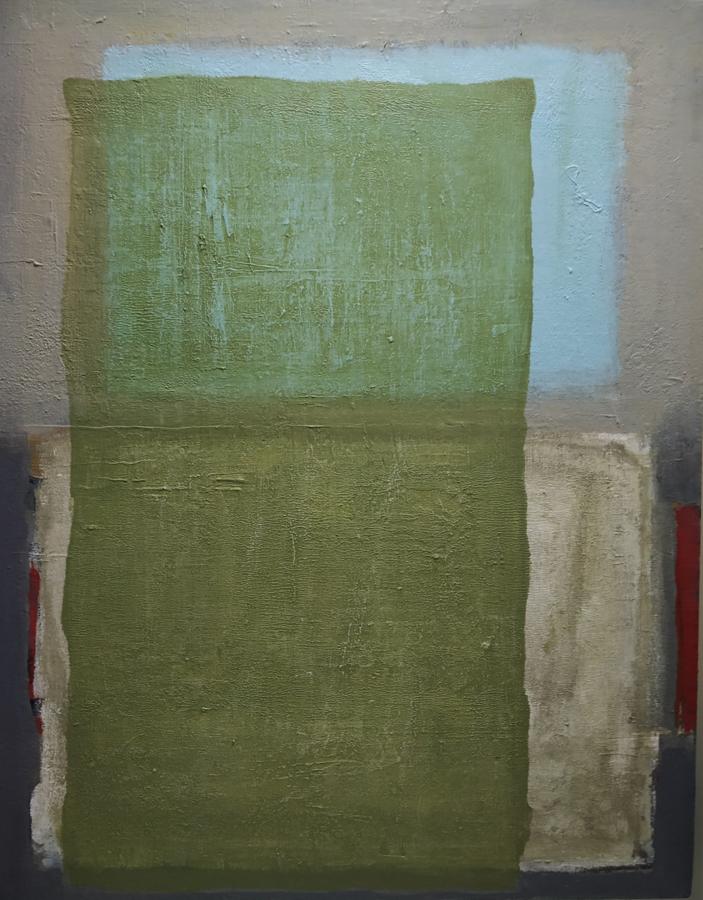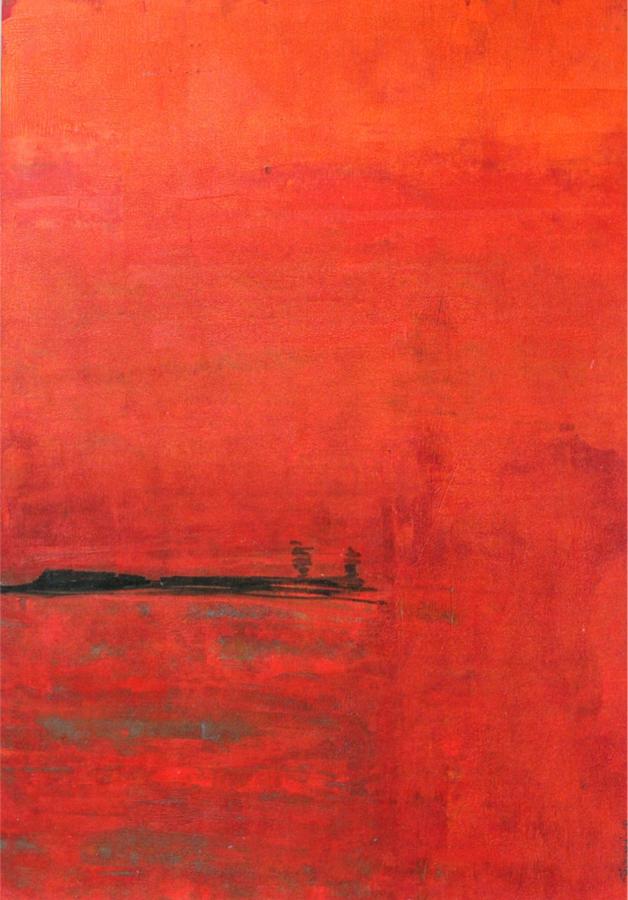By P Abigail Sadhana Rao
“All I want anyone to get out of my [works] and all I ever get out of them is the fact that you can see the whole idea without any confusion. What you see is what you see.” –Frank Stella

Abstract Minimalism is a style that has gained popularity in recent years. This approach to art emphasises simplicity and restraint. The use of essential elements allows the viewer to have a purely visual experience and, hopefully, demystify art in the process. It has its roots in the mid-20th century, with artists such as Donald Judd, Agnes Martin, and Sol LeWitt leading the movement. Their works were characterised by their use of simple forms and shapes, a restrained colour palette, and a reduction of visual clutter.
Role of Simplicity and Restraint in Abstract Minimalism

Simplicity and restraint in abstract minimalism create impactful art by employing minimal forms, shapes, and limited colours. This approach evokes harmony, balance, and clarity, making the art easily understood and appreciated. Through restrained elements, artists engender tension and vitality, provoking introspection and contemplation. The accessibility of simplicity and restraint fosters personal interpretation and connection, captivating a broad audience. This amalgamation harnesses enduring visual communication, leaving a lasting impression on the viewer.
Abstract Minimalism Art For Your Home

Abstract Minimalist art is a versatile and captivating choice for enhancing the aesthetics of any home. Its simplicity and geometric forms offer a unique way to introduce colour and vibrancy without overwhelming the space. While minimalist art may appear straightforward, it possesses an innate ability to create visual interest and evoke emotions. The use of lines and geometric shapes, not only creates a harmonious88 and cohesive atmosphere, it also establishes a sense of rhythm and flow, fostering a sense of fluidity throughout the space. This fluid flow of abstraction contributes to a serene and balanced ambience, promoting relaxation and tranquillity.
Why Buy Abstract Minimalist Art?

Abstract minimalist art serves as an accessible starting point for art collectors, as it embodies the notion that less is often more. This style of expression emphasises the fundamental aspects of an object without relying on the subjective expression or perspective of the artist. Beyond its visual appeal, abstract minimalist art brings a serene atmosphere and tactile experience to living spaces.

Through deliberate reduction of unnecessary details, abstract minimalism essentially lays emphasis on elemental forms. By selecting artworks that harmonise with existing decor and reflect your personal style, you can curate a collection that enhances the overall aesthetics and ambience of your home, whether through bold statement artworks or a cohesive ensemble of smaller artworks. Ultimately, abstract minimalist art empowers viewers to focus on the elemental essence of art while imbuing their living spaces with tranquillity and intrigue.
The Origins and Evolution of Abstract Minimalism

Minimalism emerged in the mid-1960s in America as a response to the complexity and personal nature of preceding art movements, particularly Abstract Expressionism. Minimalist artists sought to create art that was devoid of self-expression and focused instead on simplified arrangements and the inherent qualities of the medium and material. This non-referential objective approach in various art forms, such as sculpture, painting, and drawing, challenged the established norms and elitism of the art world. Minimalism shares similarities with Conceptual Art, which also emerged during the same period, in its rejection of traditional art forms and emphasis on ideas rather than aesthetics.

As artists continue to explore the possibilities of minimalism in abstract art, we can expect to see new and exciting developments in the field. The evolution of minimalism in contemporary art will likely continue, with artists pushing the boundaries of this approach and exploring new forms of minimalism in their practice.